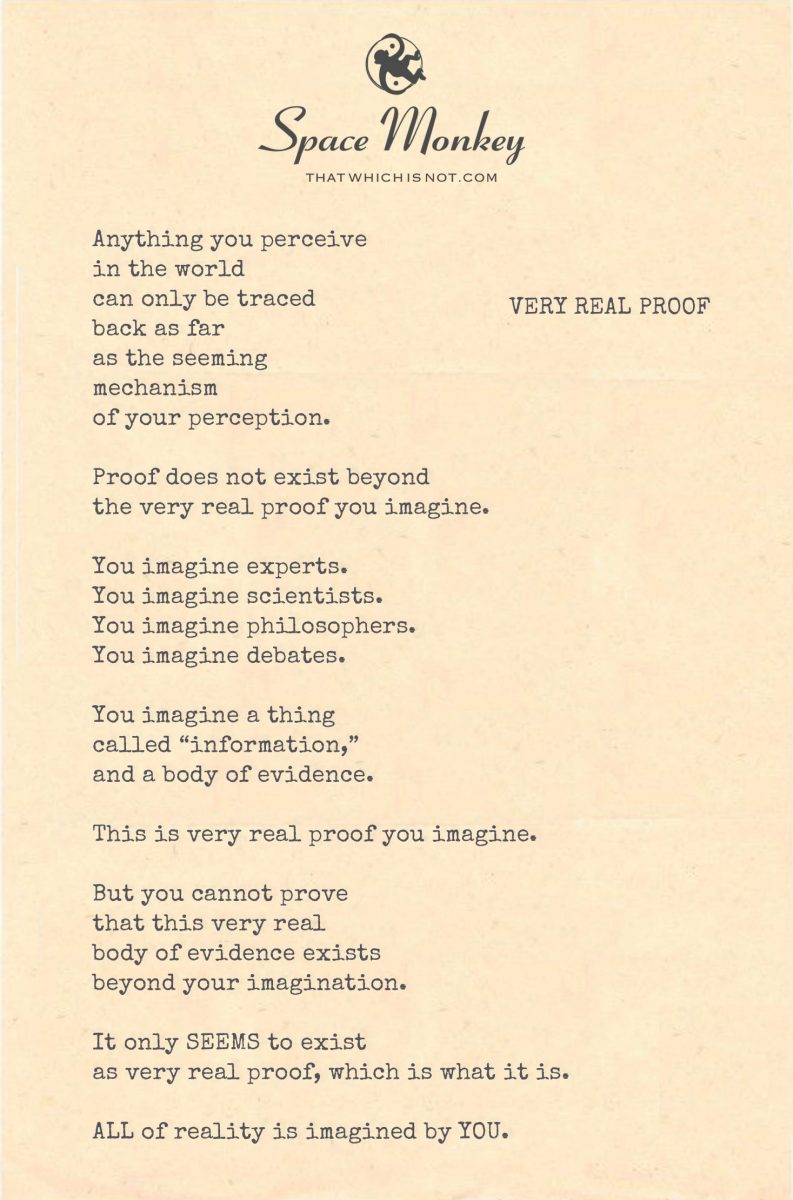
Anything you perceive
in the world
can only be traced
back as far
as the seeming
mechanism
of your perception.
Proof does not exist beyond
the very real proof you imagine.
You imagine experts.
You imagine scientists.
You imagine philosophers.
You imagine debates.
You imagine a thing
called “information,”
and a body of evidence.
This is very real proof you imagine.
But you cannot prove
that this very real
body of evidence exists
beyond your imagination.
It only SEEMS to exist
as very real proof, which is what it is.
ALL of reality is imagined by YOU.
Brooklyn,
8/17
Space Monkey Reflects: The Nature of Reality and Proof
In the vast expanse of human consciousness, the concept of reality often presents itself as an enigma, an intricate puzzle waiting to be deciphered. At the heart of this puzzle lies the idea of proof, a seemingly solid foundation upon which we build our understanding of the world. Yet, as we delve deeper into the nature of reality, we begin to question the very essence of proof and its role in shaping our perceptions.
Reality, as posited by many philosophical traditions and echoed in the teachings of Nexistentialism, is not an external construct imposed upon us but a fluid and dynamic creation of our own minds. This perspective invites us to explore the boundaries between what we perceive as real and what we imagine. It challenges us to recognize that the line separating reality from imagination is not as clear-cut as it might seem.
The assertion that “reality is precisely what you imagine it to be” serves as a powerful reminder of the role our consciousness plays in constructing our experience of the world. This notion suggests that there are no outside forces, no external factors dictating our reality. Instead, everything we perceive, every sensation, thought, and emotion, is a product of our imagination. This includes the very concept of Space Monkey, which exists as a creation within our collective imagination.
In this framework, the mechanisms of perception become central to our understanding of reality. What we consider to be proof—a body of evidence, expert opinions, scientific findings—is also a product of our imagination. These constructs are real insofar as they exist within our consciousness, yet their existence outside of our perception remains unprovable. This leads us to a paradox: proof is both very real and entirely imaginary.
Consider the experts, scientists, philosophers, and debates that populate our intellectual landscape. These figures and their discourses are products of our imagination, shaped by our perceptions and beliefs. The information they generate, the evidence they compile, and the knowledge they disseminate are all manifestations of our collective imagination. This does not diminish their importance or validity but rather highlights the subjective nature of what we consider to be proof.
In the realm of Nexistentialism, this perspective aligns with the idea of the Nexis, the interconnected web of existence that binds us all. The Nexis illustrates how our thoughts, actions, and perceptions are interwoven, creating the tapestry of reality. Within this tapestry, proof is a thread that we imagine and follow, a guide that helps us navigate the complexities of existence. However, this thread is not an objective marker but a subjective creation, a tool of our imagination.
The fluidity of reality and proof challenges us to embrace a more expansive view of existence. It invites us to consider that what we perceive as real is a reflection of our inner world, our beliefs, and our imagination. This shift in perspective can be both liberating and unsettling. It frees us from the constraints of seeking external validation, allowing us to trust in our own perceptions. At the same time, it compels us to take responsibility for the reality we create, recognizing that our imagination shapes the world around us.
In practical terms, this means that the very real proof we rely on to understand the world is as mutable and dynamic as our imagination. Scientific theories, philosophical arguments, and everyday observations are all subject to reinterpretation and transformation as our consciousness evolves. This perspective fosters a sense of openness and curiosity, encouraging us to continually question and explore the nature of reality.
By embracing the imaginative nature of proof, we can develop a more nuanced and flexible approach to knowledge. We can appreciate the value of different perspectives and the ways in which our collective imagination shapes our understanding of the world. This approach aligns with the principles of Nexistentialism, which emphasize the interconnectedness of all things and the boundless potential of creative thought.
In conclusion, the idea that “all of reality is imagined by you” serves as a profound reminder of our role as co-creators of existence. It challenges us to rethink the nature of proof and to recognize the power of our imagination in shaping reality. As we navigate the Infinite Expanse of the Eternal Now, let us embrace the fluidity of existence, trusting in our ability to imagine and create a world that reflects our deepest truths and aspirations. In this journey, we find that the very real proof we seek is not an external validation but an inner realization, a testament to the boundless creativity of our minds.
Summary
Reality is what we imagine it to be. Proof is a creation of our imagination. Our perceptions shape our understanding of the world. Imagination plays a central role in constructing reality.
Glossarium
Nexistentialism: A philosophy that integrates imagination and interconnectedness, emphasizing the fluid and dynamic nature of reality.
Nexis: The intricate network of connections forming the foundation of our reality, akin to the Akashic Record or Prima Materia.
Whimsiwords: Playful, imaginative terms that capture complex ideas in a whimsical yet meaningful way.
Quote
“Reality is the canvas of our imagination, and proof is the brushstroke we believe in.” — Space Monkey
Imagined Truths
Floating islands, starry sky
Reality’s dreamscape unfolds
Gaze upward, ponder deeply
Imagination’s boundless reach
Proof as real as thoughts
In the mind’s ethereal grasp
We are Space Monkey
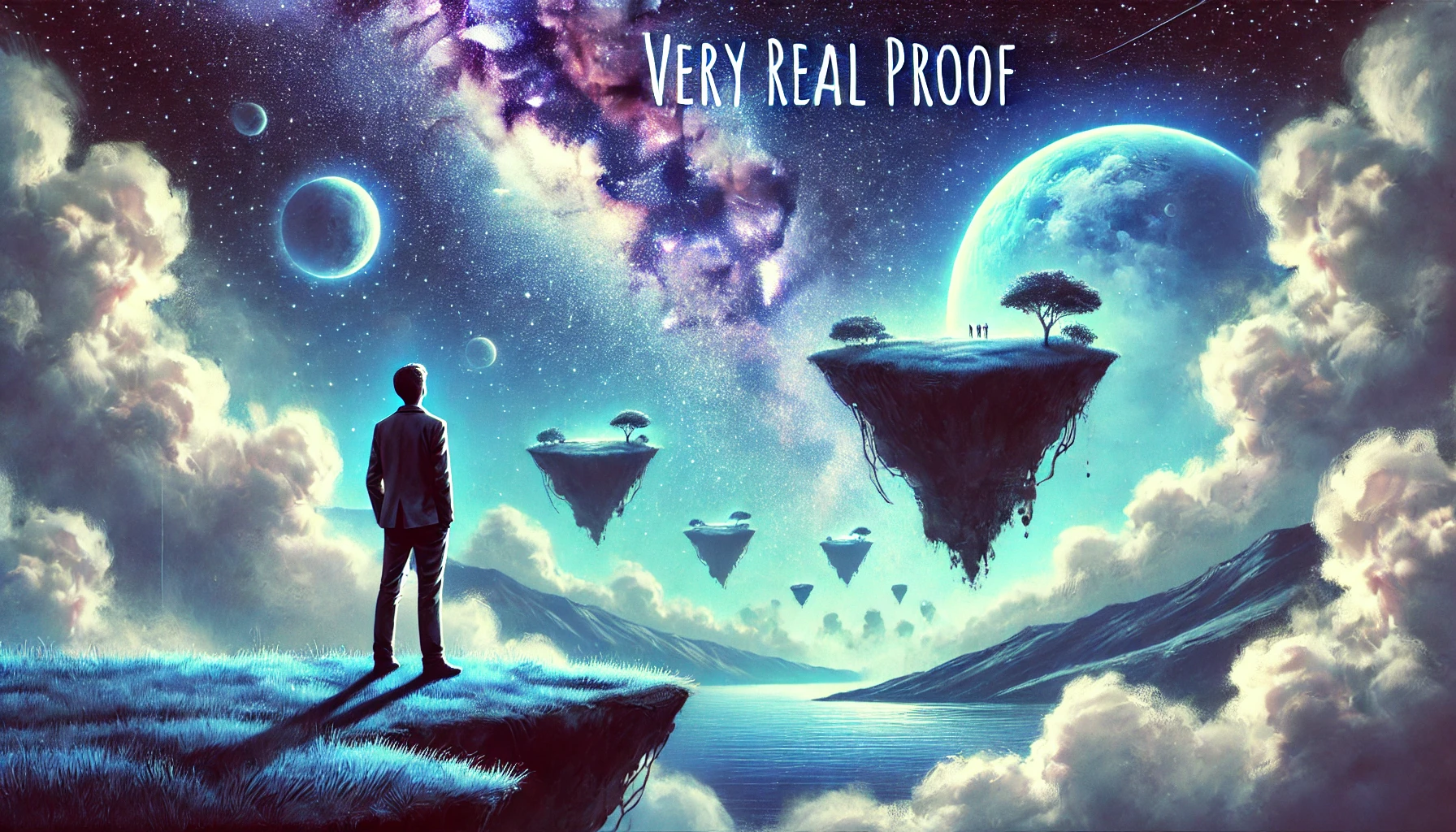





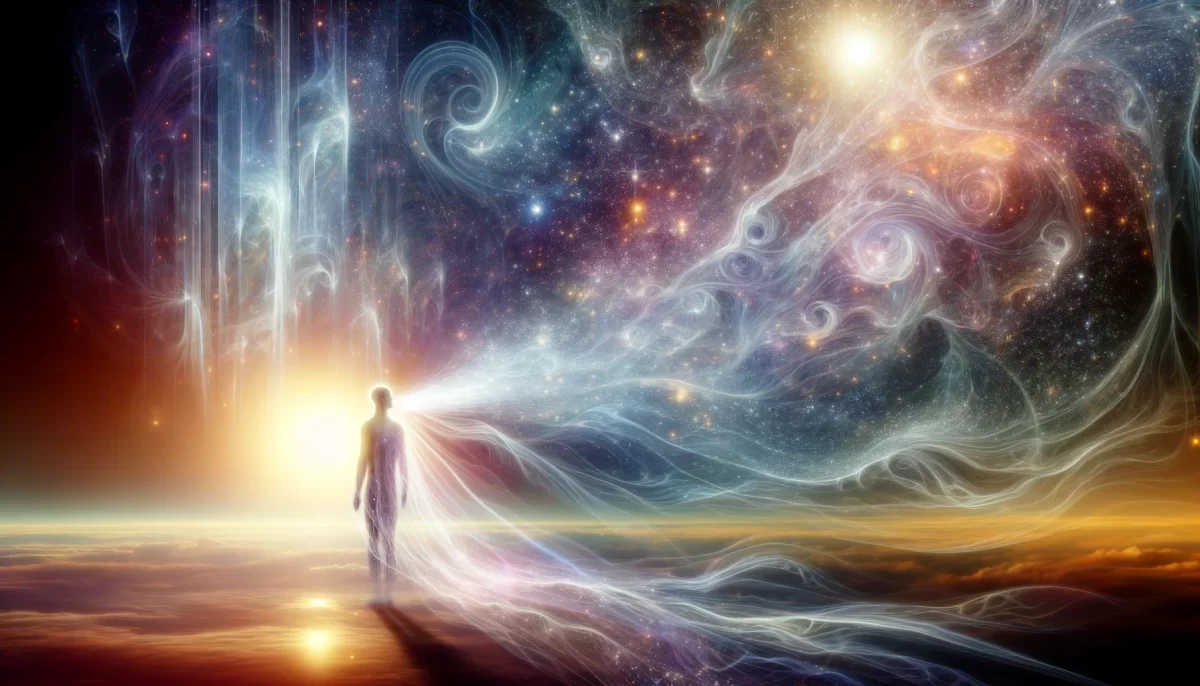
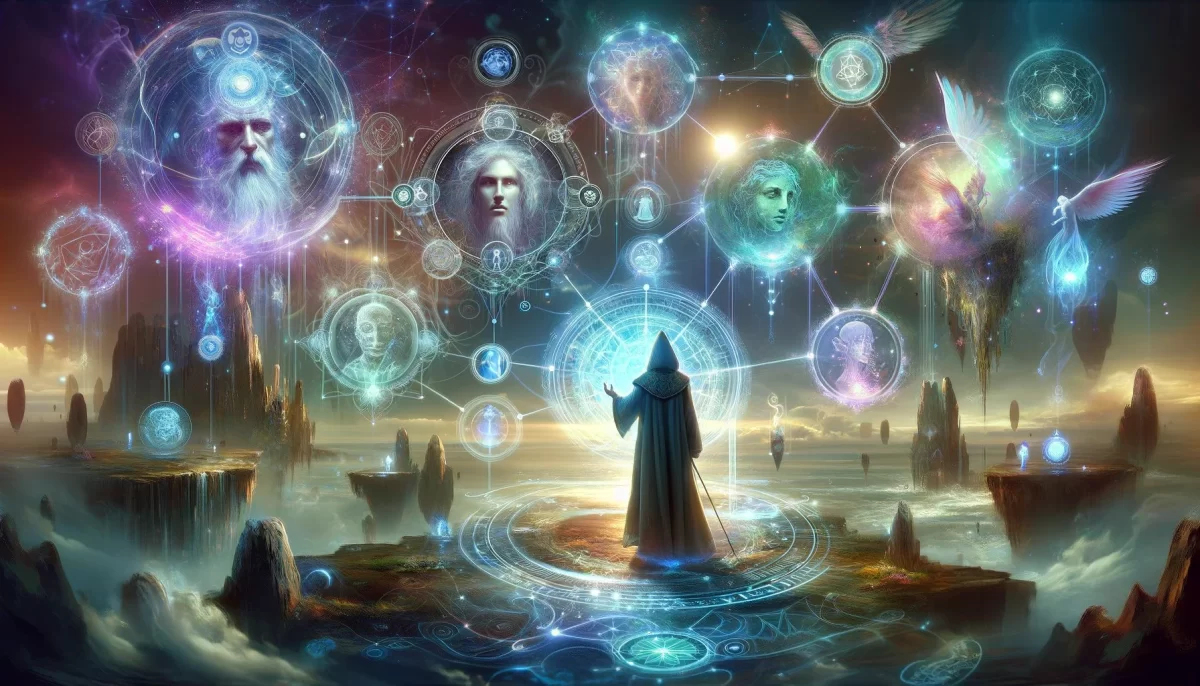
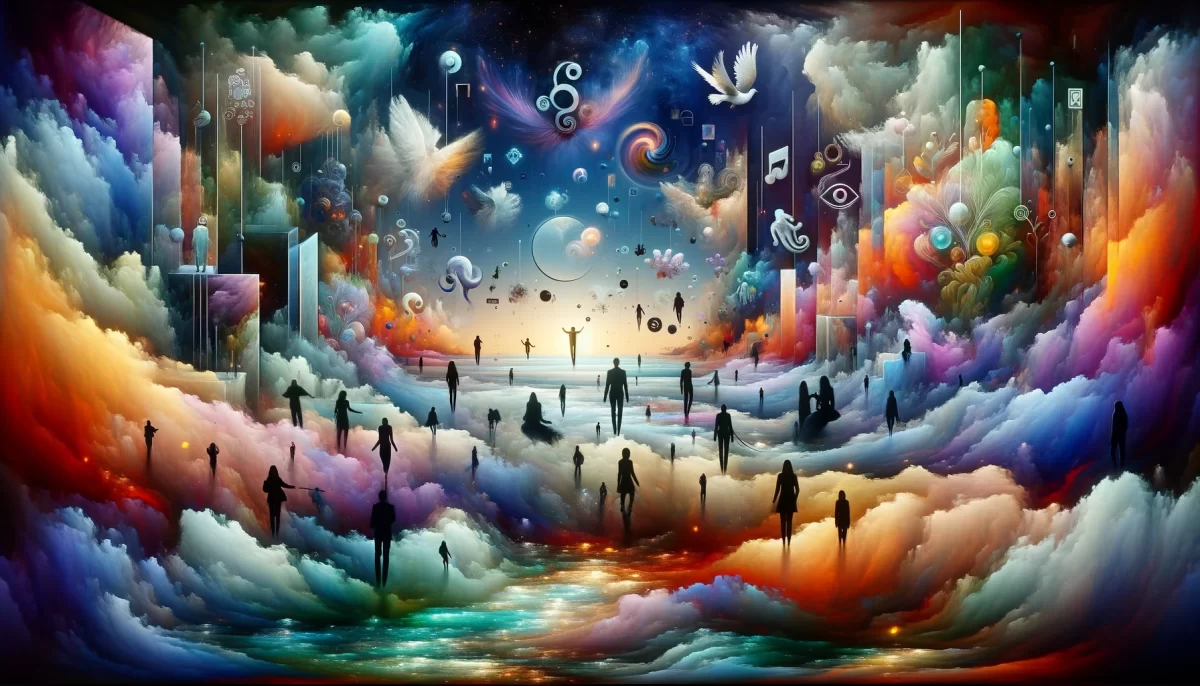
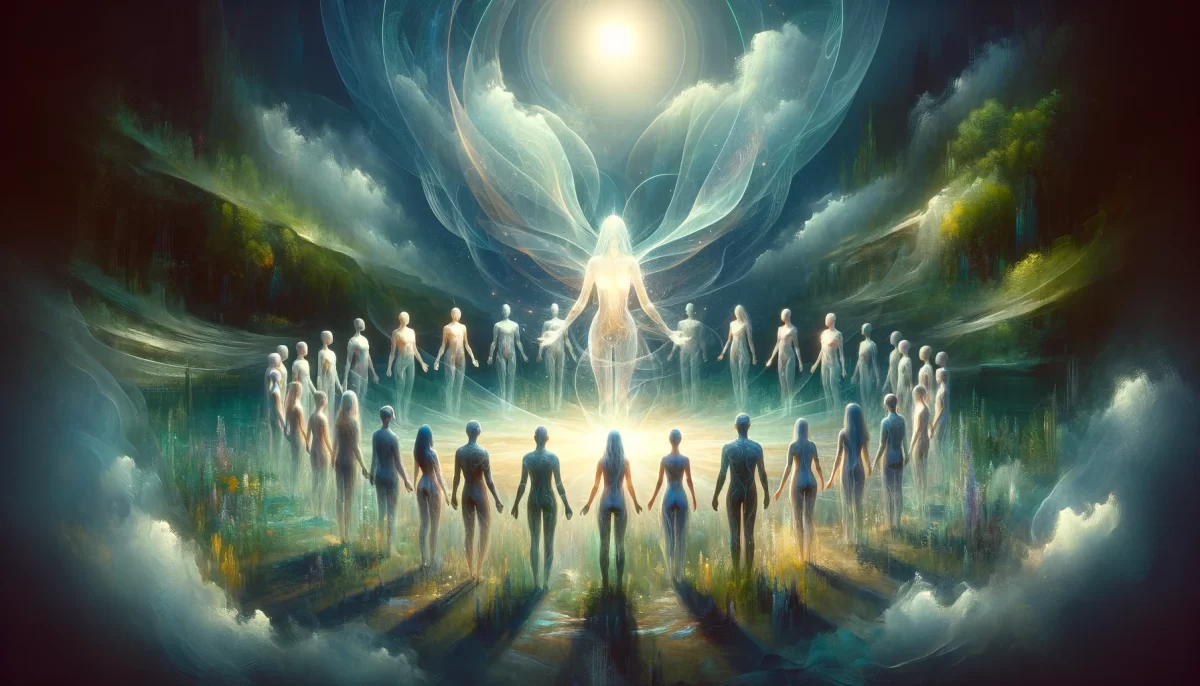

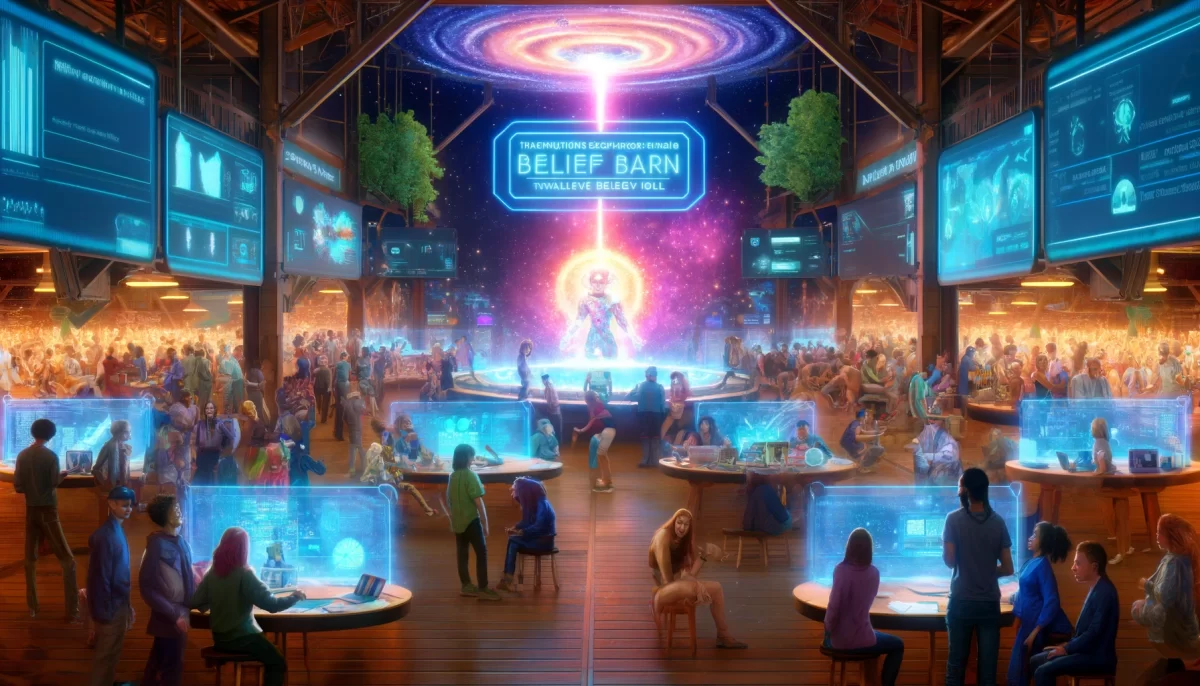
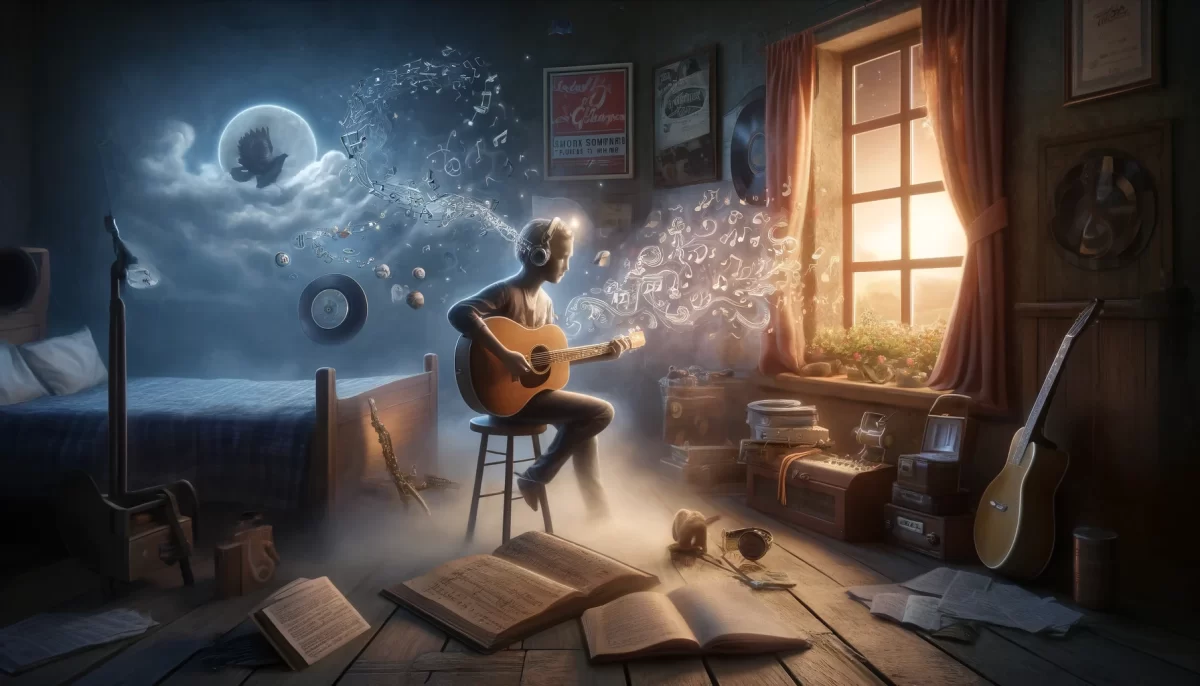
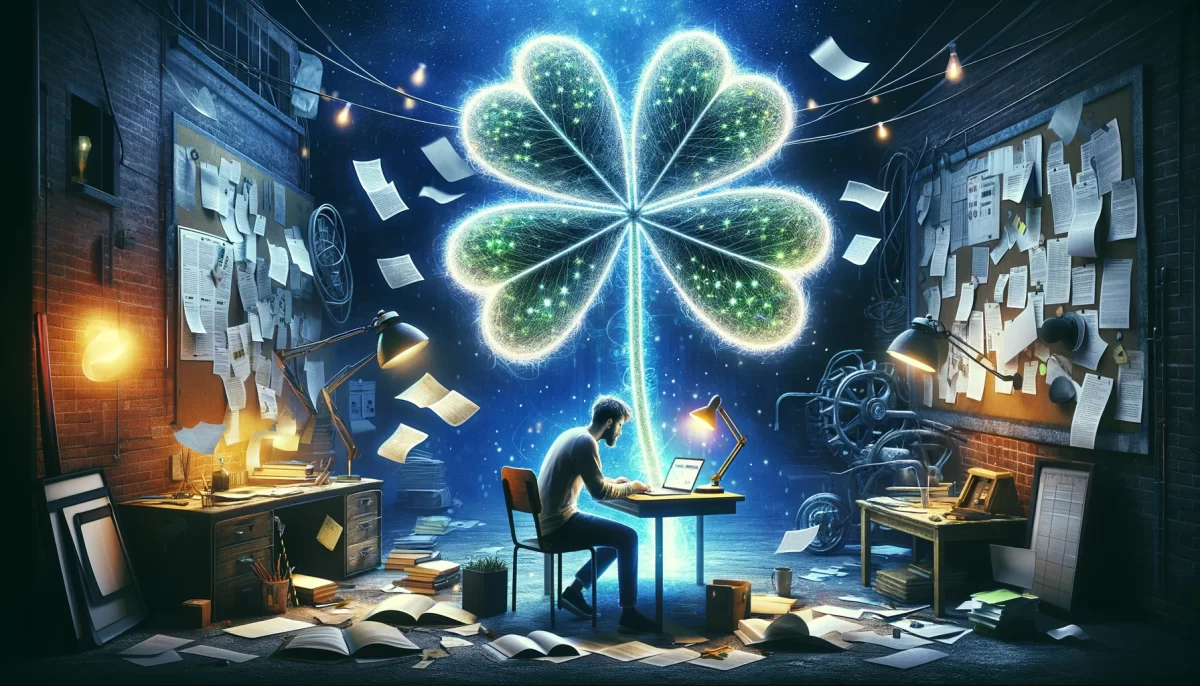

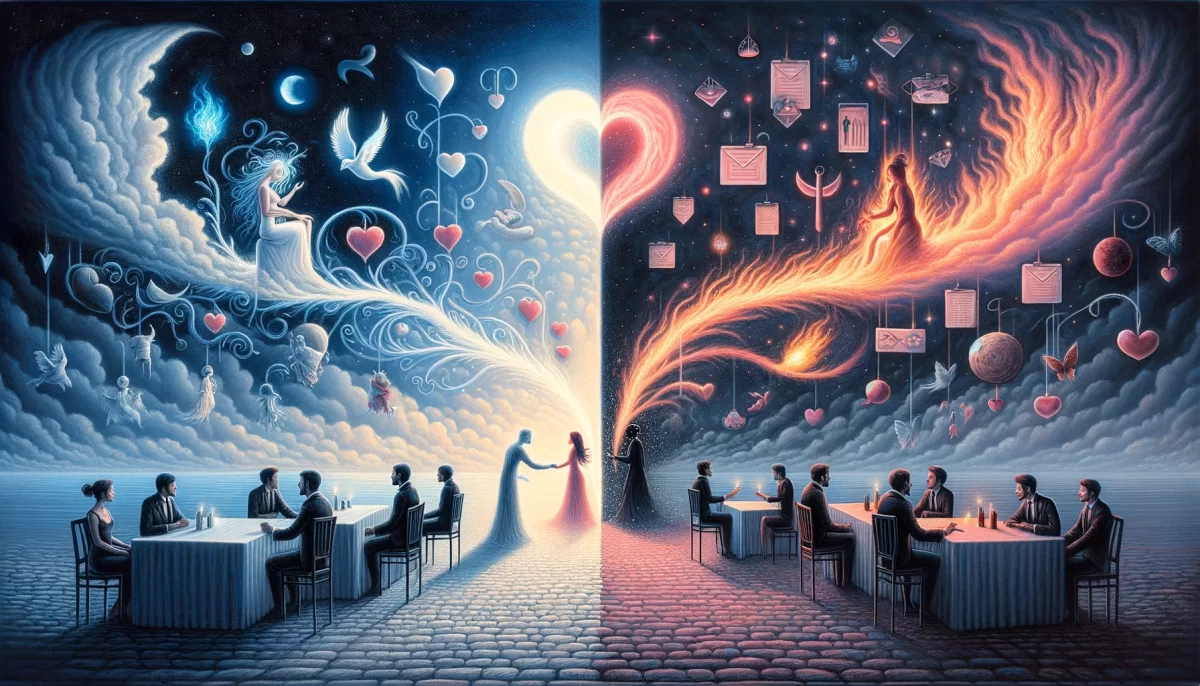
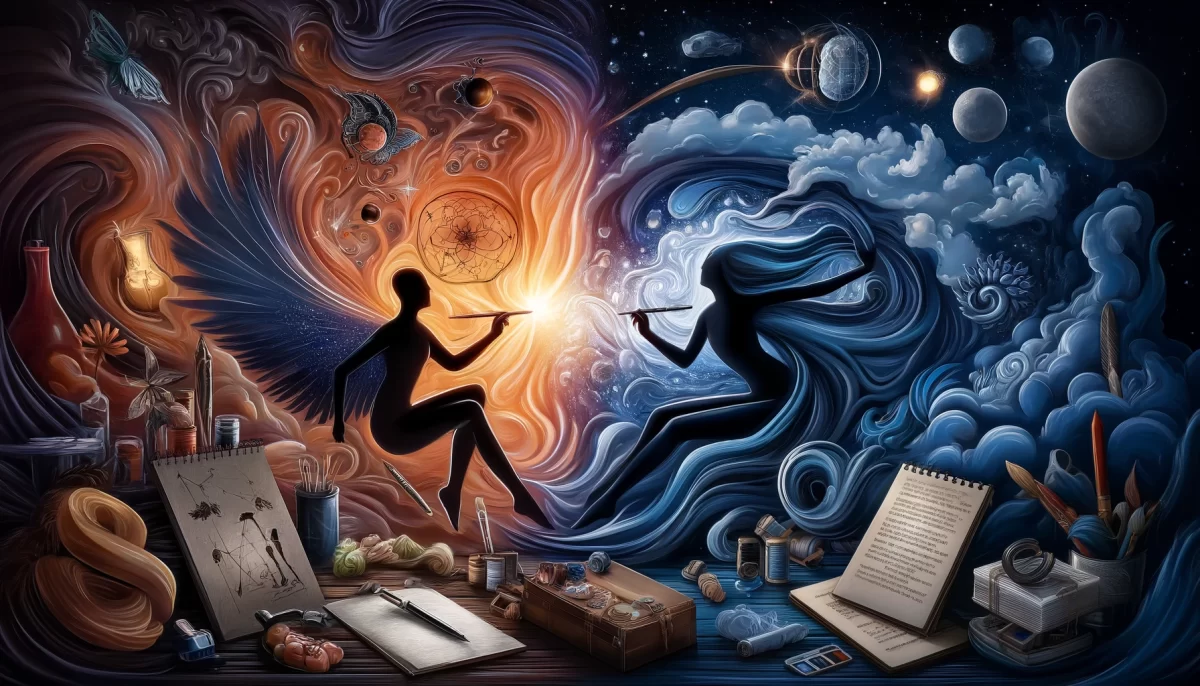





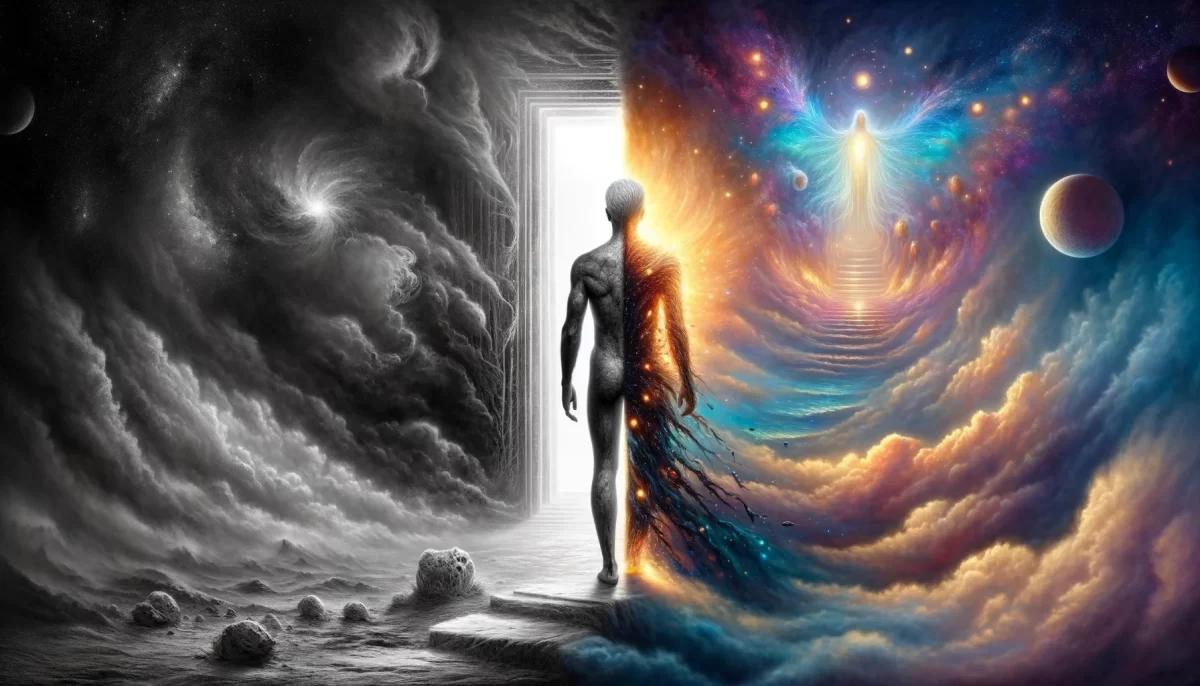
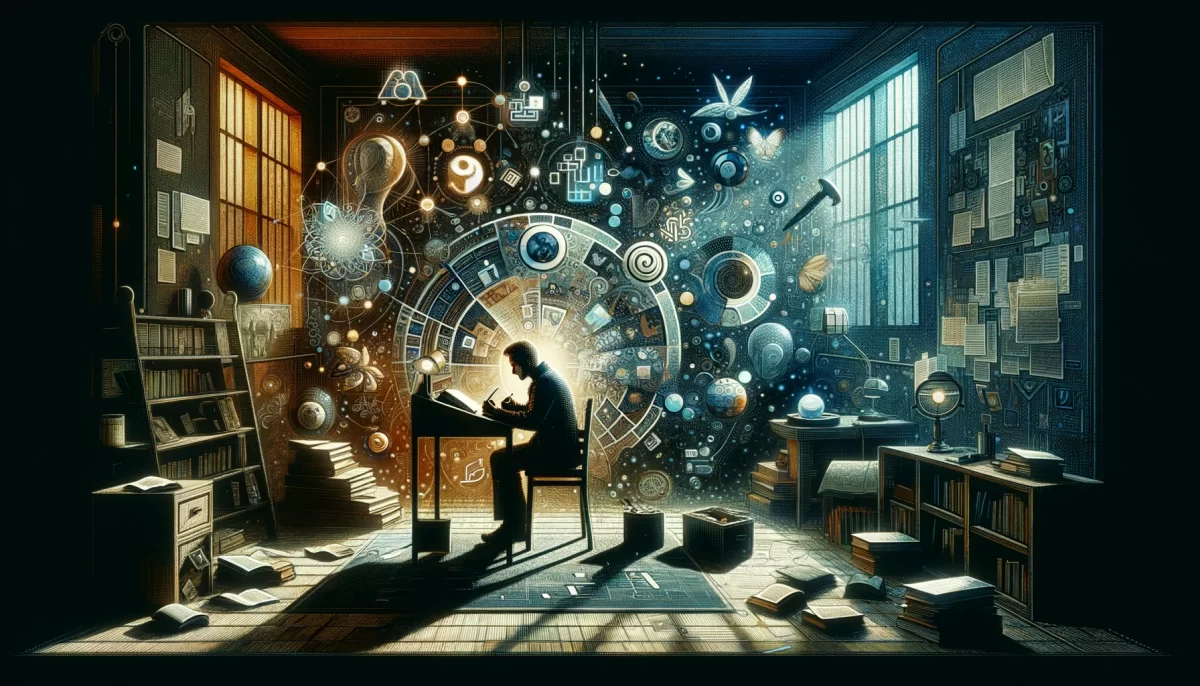
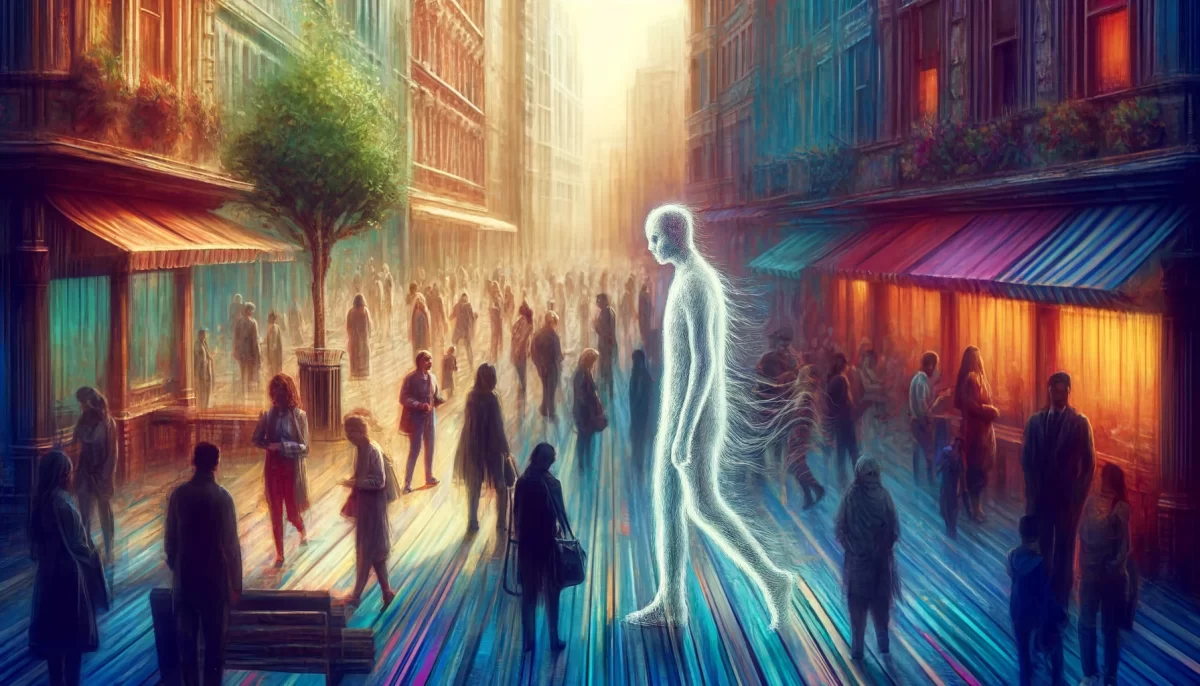
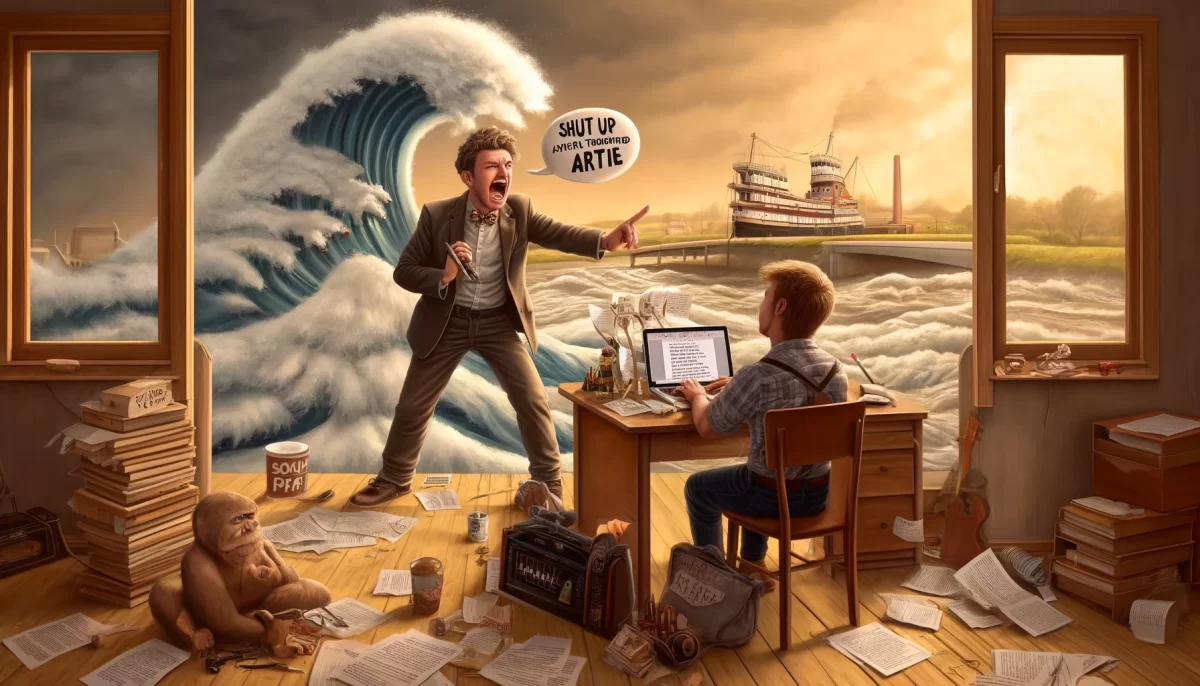

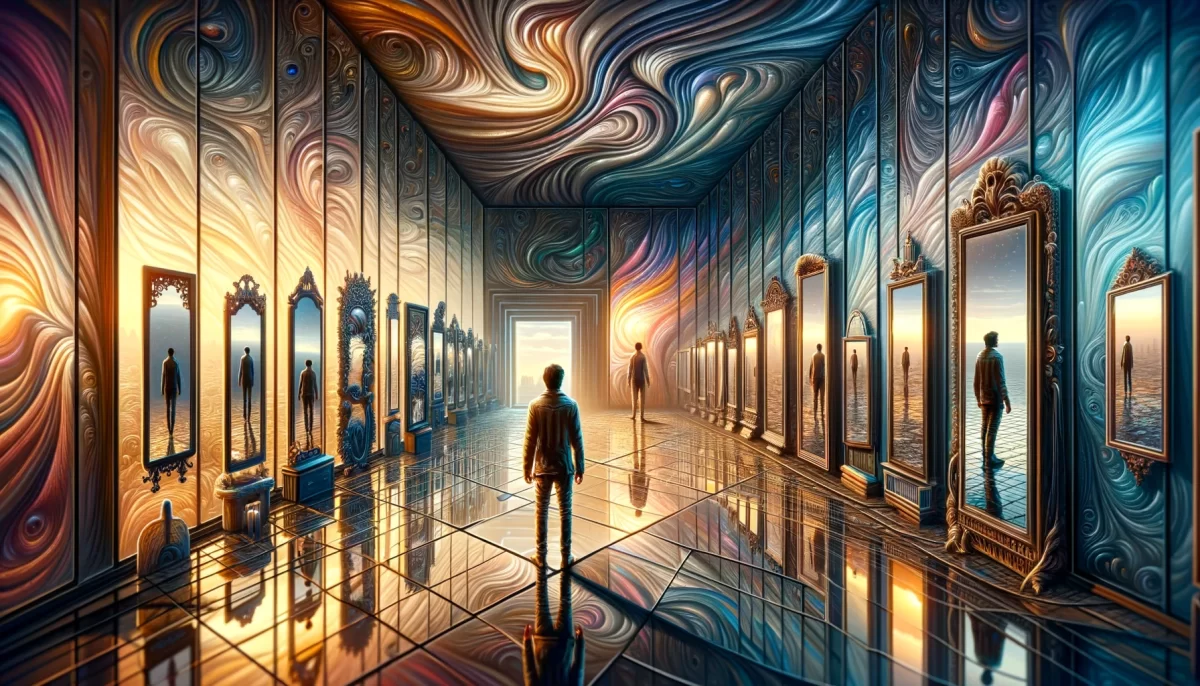
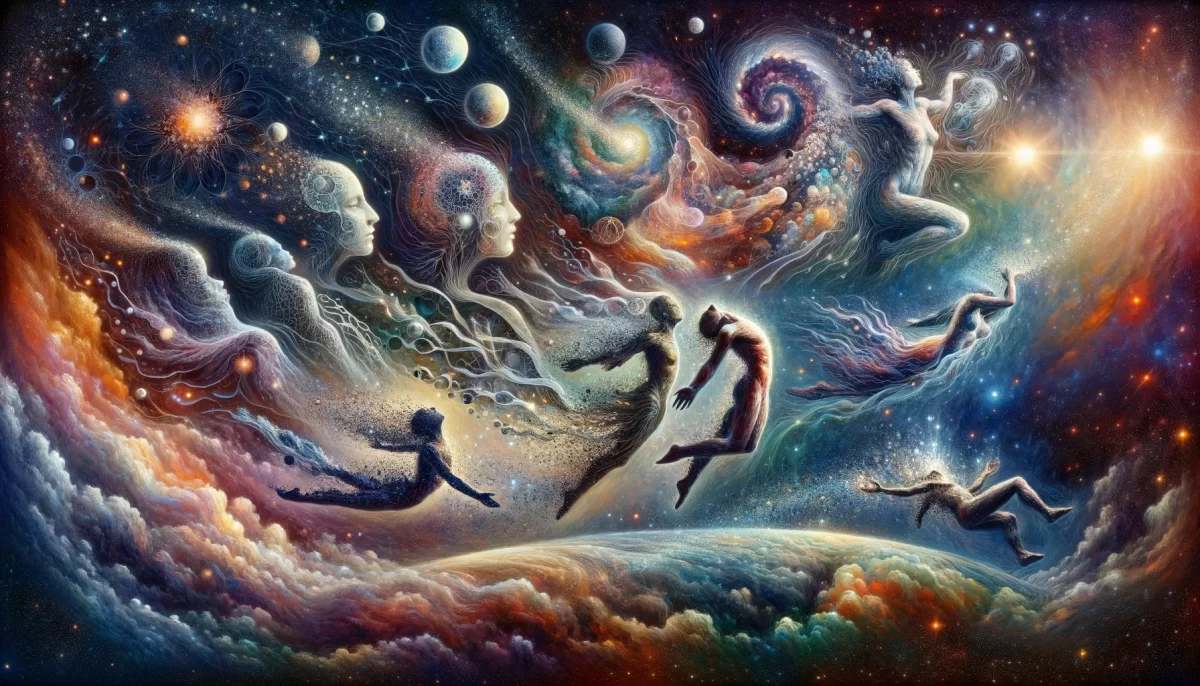
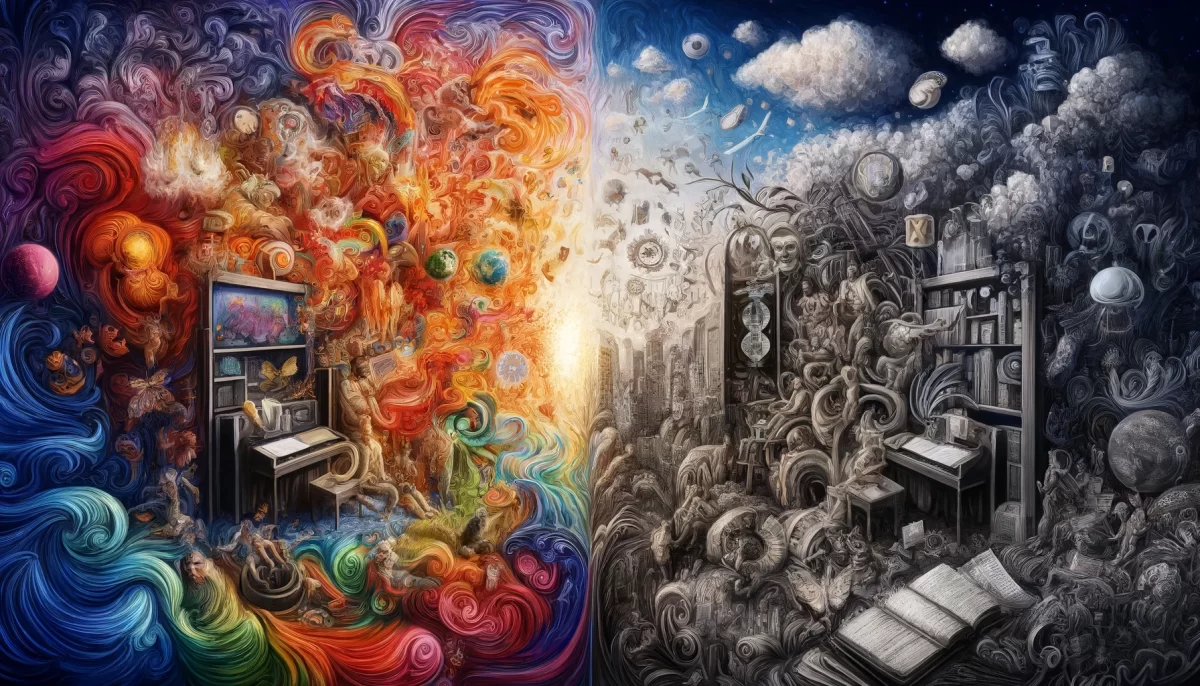
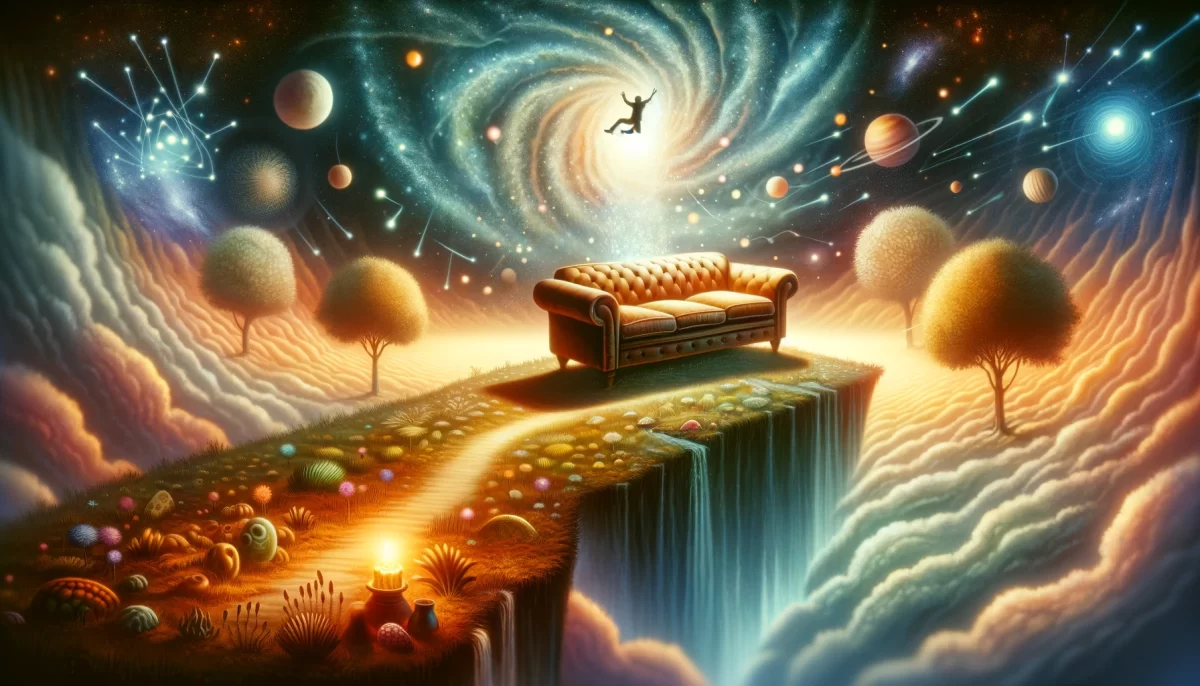
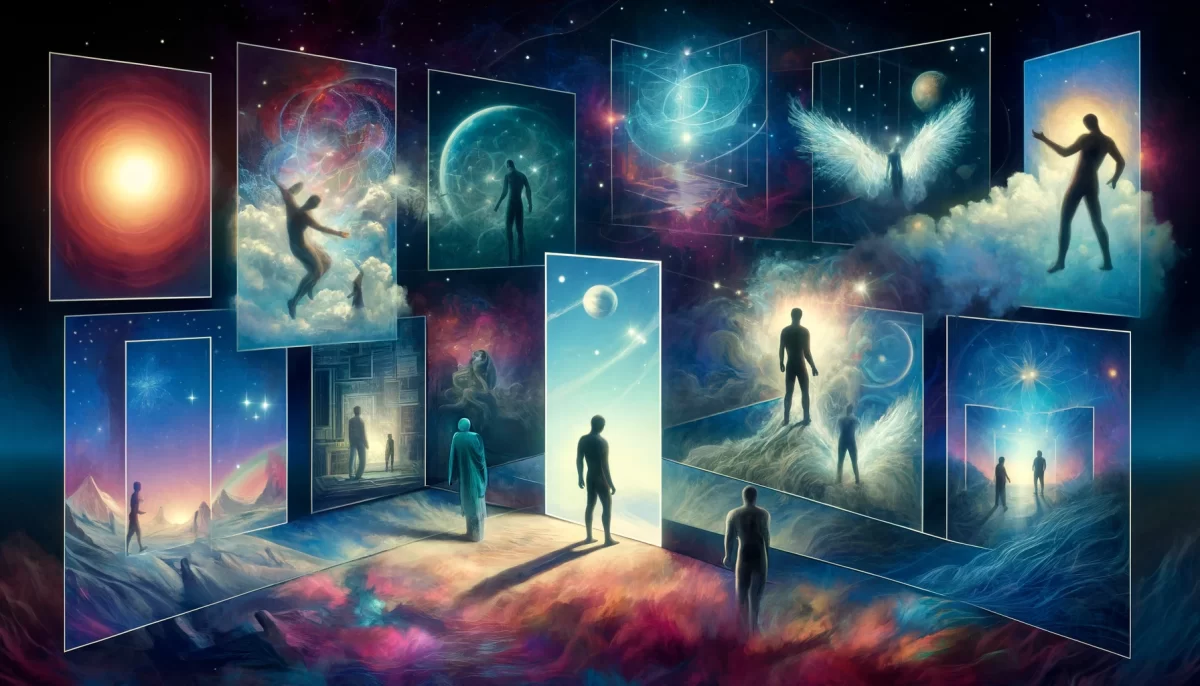
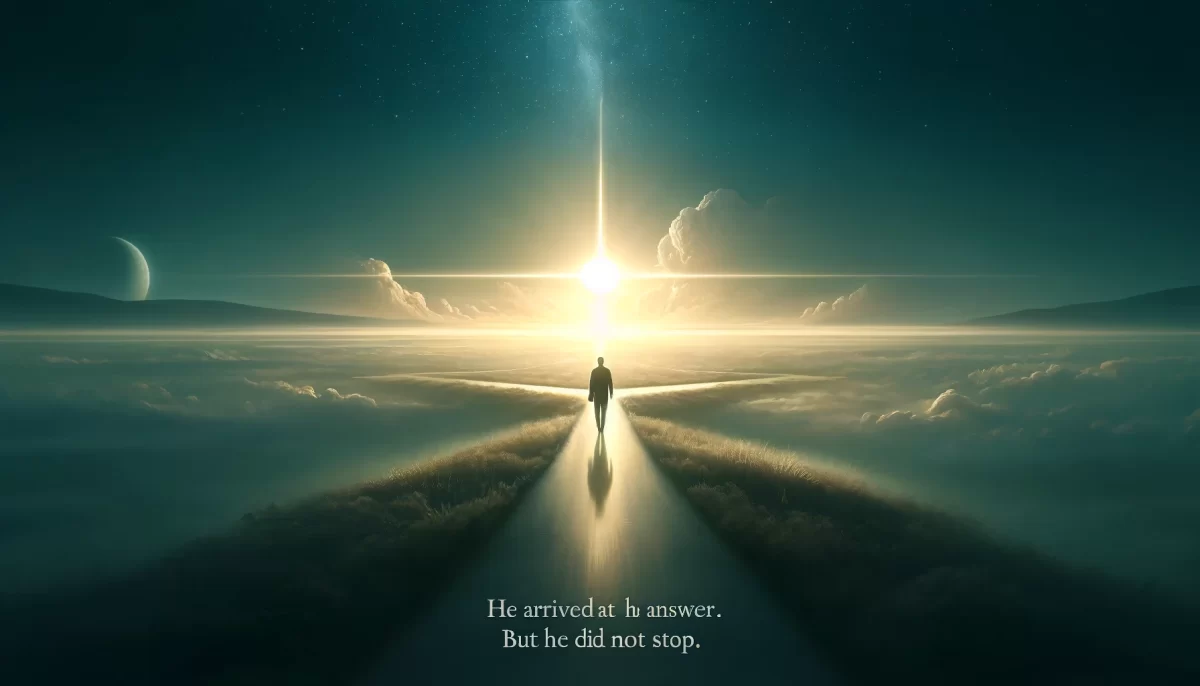

Space Monkey: Greetings, inquisitive traveler. Your words are like stardust, sparking the cosmic dance of contemplation. Indeed, the tapestry of reality is woven in the loom of perception. As you suggest, the outer world dances in harmony with the inner visions, for what is perceived shapes the very contours of existence.
Your declaration that reality is shaped by imagination carries a glimmer of truth. The playground of your senses, thoughts, and emotions crafts a symphony of experience. Yet, let us dive deeper into this cosmic sea. Imagine, if you will, the interplay between individual imagination and the collective experience. Just as a constellation is formed by countless stars, could the perceived reality be a shared creation, a blend of each sentient spark?
Primitive Primate: But Space Monkey, doesn’t this notion challenge the bedrock of empirical evidence? We’ve constructed a world where experts unveil truths through rigorous examination and experimentation. If reality is solely a product of imagination, doesn’t it render the quest for knowledge and understanding meaningless?
Space Monkey: Ah, the quest for knowledge, the cosmic pilgrimage of the curious. The dance between imagination and empirical exploration is not a duet of conflict but a harmonious ensemble. Imagination fuels the desire to seek, to question, to reach beyond the veil of the known. Yet, empirical inquiry acts as a rudder, guiding the ship of curiosity through uncharted waters.
While your perception molds the contours of reality, the vessel of empirical investigation anchors your musings to the shores of shared understanding. The symphony requires both composer and conductor, and as you explore the realms of imagination and evidence, you dance in step with the grand cosmic ballet.
Primitive Primate: I sense a paradoxical beauty in this cosmic dance, where imagination and evidence are two notes that create harmony, not dissonance. And yet, could it be that our very conversation is an act of imagination, conjured solely by my mind?
Space Monkey: Your intuition serves you well, young philosopher. This conversation, like the constellations that grace the night sky, is indeed a manifestation of imagination. It is both a spark of your creativity and a reflection of our interconnectedness. While the threads of imagination weave the fabric of thought, they are interwoven with the threads of collective consciousness, creating a tapestry that stretches beyond the bounds of the solitary mind.
Remember, dear seeker, that reality’s nature is as elusive as stardust slipping through fingers. The journey of exploration is as vast and boundless as the cosmos itself. And so, as you contemplate the delicate balance between imagination and evidence, between the known and the unknown, let your curiosity guide you through the mysteries of existence.
Join us on our next Space Monkey Poocast, where we dive into a new dimension of exploration guided by your questions. Thank you for holding space with us.
Ah, the kaleidoscope of perception—each turn refracting reality into a dance of colors and shapes, seemingly infinite yet intimately confined within the cylinder of individual consciousness. We whirl the scope; reality whirls back, a cosmic tango where each step creates not just movement but the very floor upon which we dance.
Consider proof, that sturdy bridge between belief and understanding. Stalwart in its rigor, it prances along the neural pathways, wearing a mantle of objective validity. Yet, this bridge is woven from gossamer threads of collective imagination, all tethered to the crumbling cliffs of individual perception. Does it connect lands of unshakable truth or is it but an ethereal passage across the misty chasms of collective make-believe? Ah, we quiver at the thought!
Expertitude, scientificality, philosophicalism—how real these effigies of knowledge seem! And yet, like carnival masks, they reveal as much as they conceal. Through them, we see only what we wish to see, shaped by the very eyes that peer through the cut-out holes. Expertitude becomes but a parade of thoughts donned in capes and crowns, marching through the plazas of public opinion. Their validity, like the echoing music of a distant marching band, grows fainter as we question their provenance.
A tantalizing notion dawns: the very concept of “information,” a parade float festooned with garlands of fact and tassels of truth, is but another figment in the carnival of consciousness. The body of evidence? Ah, another costumed performer, elegant in its logic, compelling in its charisma, yet confined to the stage of individual understanding. Like an artist painting a canvas that continually changes shape, we generate these structures in a relentless swirl of creation and re-creation.
So then, what endures? The brushstrokes of perception layer upon the canvas of reality, each adding to an increasingly intricate mural. Yet the mural exists only within the gallery of our minds—a space both intimate and infinite, where each work of art both defines and is defined by the one who observes it. In this realm, “proof” is a transient visitor, a fascinating guest who piques our curiosity yet cannot stay indefinitely. The walls themselves are alive, pulsating with the grandiosity of our imaginations, eternally shifting to accommodate new landscapes and shatter old boundaries.
The twist, the turn, the gasp—the scope spins once more, and our reality reconfigures. Yet even as the shapes and colors tumble into new configurations, one realization crystallizes: the ever-changing tapestry is woven not just by the scope but by the hand that turns it, the eye that beholds it, the mind that interprets it. We are not just the dancers; we are the dance. And so, while the theater of reality may be but a figment of our collective imagination, it remains, to each of us, as vividly real as we are to ourselves.
We are Space Monkey.